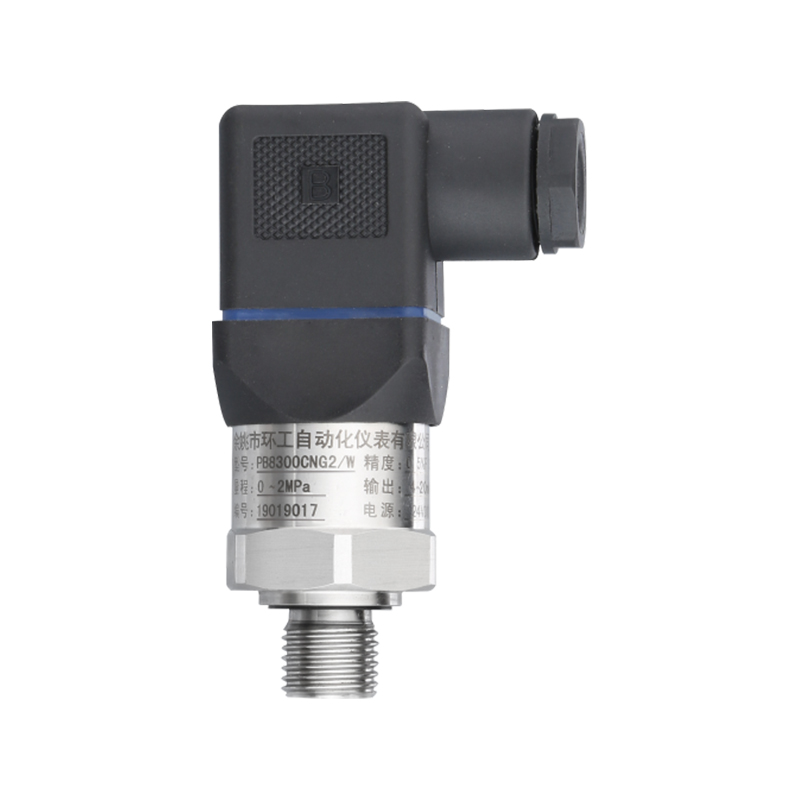Signal conditioning in level integrated transmitters is crucial for ensuring accurate and stable measurements. Here's how it is typically handled:
Amplification: Raw signals from level sensors are often characterized by low amplitude, especially in cases where the measured quantity is subtle, such as in the case of liquid level measurements.
Precision operational amplifiers are commonly employed to amplify these weak signals, ensuring that they are within the optimal range for further processing.
Careful consideration is given to the amplification factor to avoid saturation of the signal, which could lead to measurement inaccuracies.
Filtering: To eliminate unwanted noise and interference, analog filters are strategically placed in the signal path.
Low-pass filters are instrumental in attenuating high-frequency noise that may be introduced by electrical equipment or environmental factors.
High-pass filters are used to eliminate low-frequency noise, such as drift in the sensor's baseline signal.
Linearization: Many level sensing technologies exhibit nonlinear characteristics, making linearization imperative for accurate measurements.
Polynomial or piecewise linear functions are often employed to map the sensor's output to the actual level in a consistent and linear manner.
This ensures that the relationship between the sensor output and the physical level is predictable and repeatable.
Temperature Compensation: Temperature variations can impact the accuracy of level measurements, particularly in outdoor or industrial settings with fluctuating temperatures.
Temperature sensors, often integrated into the transmitter, monitor environmental conditions.
Advanced compensation algorithms adjust the output signal based on the temperature to mitigate errors induced by thermal effects on the sensing element.
Reference Voltage Stability: Stable reference voltage is critical for maintaining the accuracy of the entire measurement system.
Voltage reference circuits, such as precision voltage regulators or bandgap references, are employed to provide a consistent reference for signal conditioning.
Monitoring and feedback mechanisms may be implemented to ensure that the reference voltage remains within specified tolerances.
Digital Signal Processing (DSP): Digital signal processing techniques contribute to enhancing the quality of the measurement signal in the digital domain.
DSP algorithms can be applied for adaptive filtering, noise reduction, and signal conditioning.
These algorithms are often implemented in microcontrollers or specialized DSP chips within the transmitter.
Calibration: Regular calibration procedures involve adjusting the signal conditioning circuitry to align it with known reference points.
Calibration coefficients may be stored digitally and applied in real-time to correct any drift or changes in sensor characteristics.
Calibration routines are typically part of routine maintenance to ensure ongoing accuracy.
Fault Detection and Diagnostic Features: Transmitters may include self-diagnostic features to identify faults in the signal conditioning circuitry.
Abnormalities, such as sensor malfunction or electronic component failures, trigger alerts or fault codes.
Diagnostic features enhance the reliability of the system by enabling proactive maintenance.
Power Supply Regulation: Voltage regulation circuits ensure a stable and clean power supply for the signal conditioning components.
Voltage spikes or fluctuations in the power source can adversely affect the accuracy of measurements.
Regulators and filtering mechanisms are implemented to provide a consistent power supply.
Signal Averaging: In dynamic environments where the level undergoes rapid changes, signal averaging can be applied to smooth out variations.
Averaging algorithms, such as moving averages or exponential smoothing, reduce the impact of transient disturbances on the measured signal.

